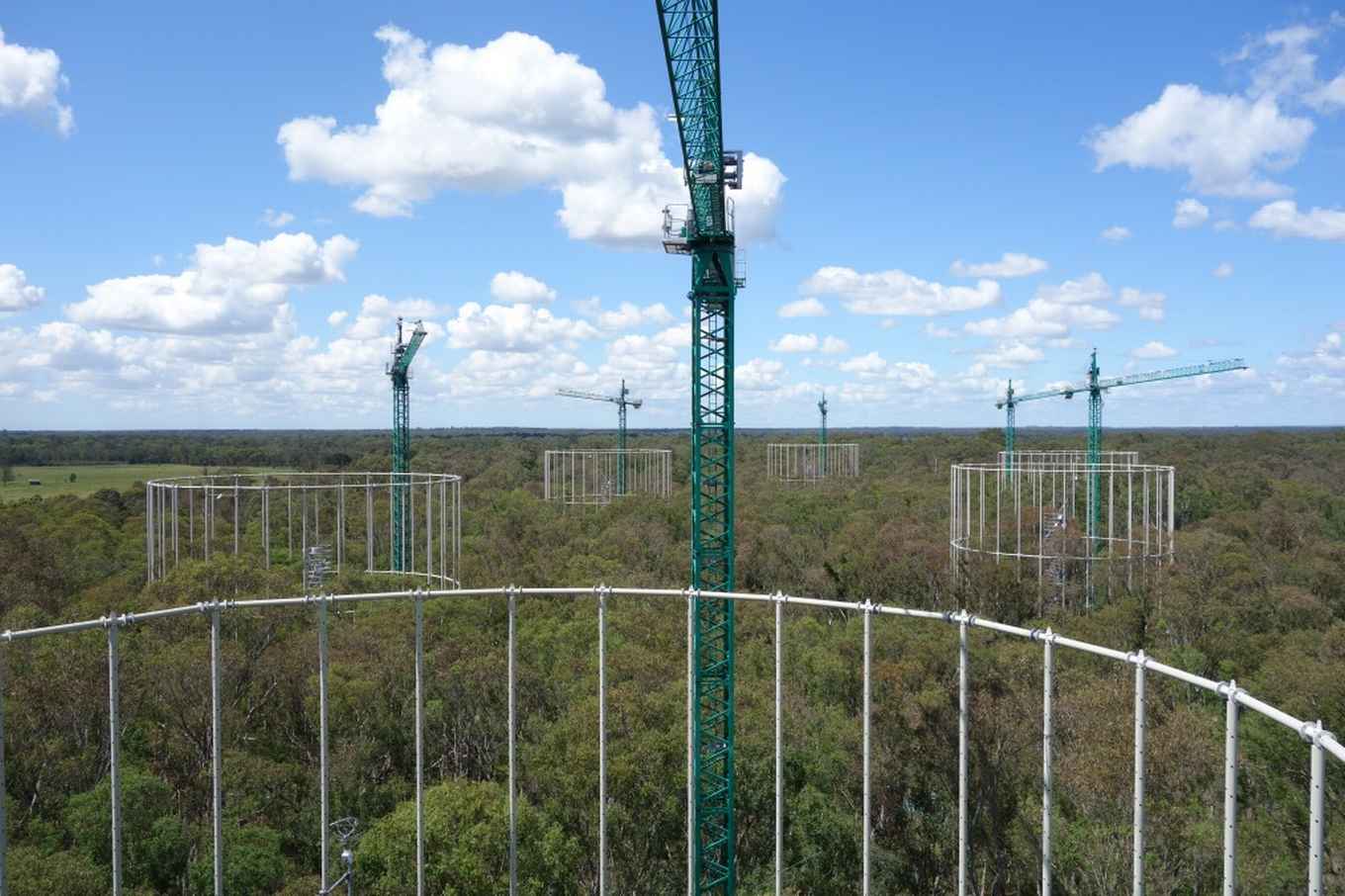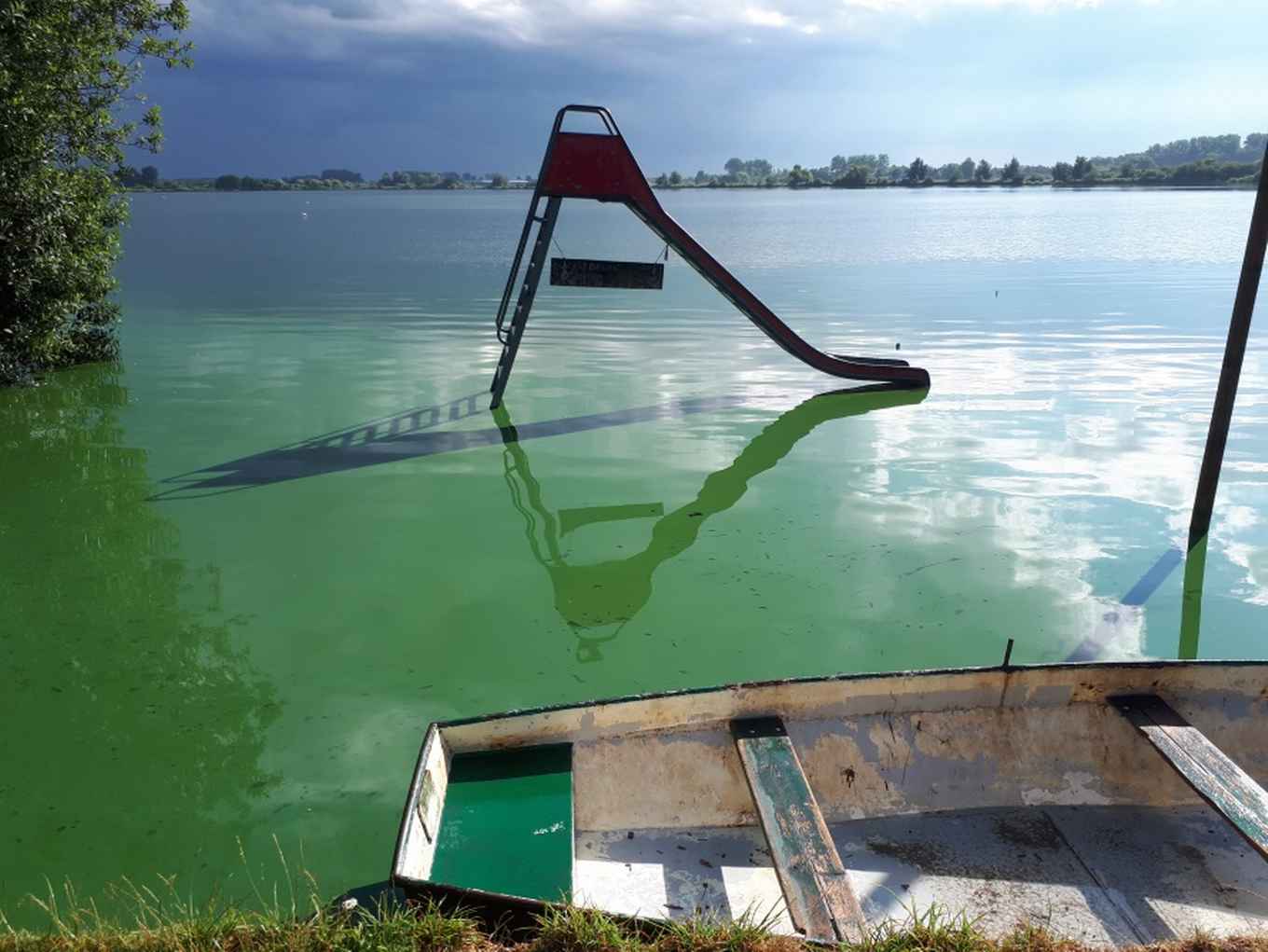Leaving microbes out of climate change conversation has major consequences, experts warn
18 June 2019

The warning is issued by more than 30 leading microbiologists from 9 different countries. Rick Cavicchioli, Professor of Environmental Microbiology at the University of New South Wales (Sydney, Australia) has led the global effort: ‘Micro-organisms, which include bacteria and viruses, are the lifeforms that you don’t see on the conservation websites,’ says Prof. Cavicchioli. ‘They support the existence of all higher lifeforms and are critically important in regulating climate change. However, they are rarely the focus of climate change studies and not considered in policy development.’
Unseen majority
Microbes are the ‘unseen majority’ of lifeforms on earth, playing critical functions in animal and human health, agriculture, the global food web and industry. For example, the Census of Marine Life estimates that 90% of the ocean’s total biomass is microbial. In our oceans, marine lifeforms called phytoplankton take light energy from the sun and remove carbon dioxide from the atmosphere as much as plants. The tiny phytoplankton form the beginning of the ocean food web, feeding krill populations that then feed fish, sea birds and large mammals such as whales.
Jef Huisman, professor of Aquatic Microbial Ecology at the Institute for Biodiversity and Ecosystem Dynamics (IBED) of the University of Amsterdam (UvA), contributed to the publication with his expertise on phytoplankton and cyanobacteria. ‘With continued global warming, warm waters will spread like a blanket across large parts of the ocean surface. This will diminish exchange with deeper water layers, which is expected to suppress phytoplankton growth, resulting in less carbon dioxide uptake and a lower biological productivity of the oceans,’ Prof. Huisman explains.
However, many cyanobacteria (a.k.a. blue-green algae) thrive at higher temperatures. They can be toxic, and there are several indications that global warming is increasing the frequency, intensity and duration of cyanobacterial blooms in lakes and reservoirs across the globe.

Greenhouse gases
Beyond the ocean, microbes are also critical to terrestrial environments, agriculture and diseases. In terrestrial environments, microbes release a range of important greenhouse gases into the atmosphere (carbon dioxide, methane and nitrous oxide), and climate change is causing these emissions to increase.
Prof. Cavicchioli: ‘Farming ruminant animals releases vast quantities of methane from the microbes living in their rumen – so decisions about global farming practices need to consider these consequences. And lastly, climate change worsens the impact of pathogenic microbes on plants and animals (including humans) – that’s because climate change is stressing native life, making it easier for pathogens to cause disease.’
Raising awareness
With their statement, the scientists hope to raise public awareness on the impacts of climate change on microorganisms as well as the influence of microbially-driven processes on the global climate. They call on institutions, researchers and governments to advance innovative technologies and improve education on microbes and climate change in classrooms. The statement emphasises the need to investigate microbial responses to climate change during the development of policy and management decisions. Additionally, climate change studies should pay more attention to the key role of microorganisms in the coupling between biological processes, global biogeochemical cycles and climate change.
‘This goes to the heart of climate change, so if micro-organisms aren’t sufficiently taken into consideration, it means models cannot be generated properly and predictions could be inaccurate,’ says Prof. Cavicchioli. ’Decisions that are made now impact on humans and other forms of life, so if you don’t take into account the microbial world, you’re missing a very big component of the equation.’
Publication details
Ricardo Cavicchioli et al. (2019): 'Scientists’ warning to humanity: microorganisms and climate change', in: Nature Reviews Microbiology, 18 June 2019. DOI: 10.1038/s41579-019-0222-5.